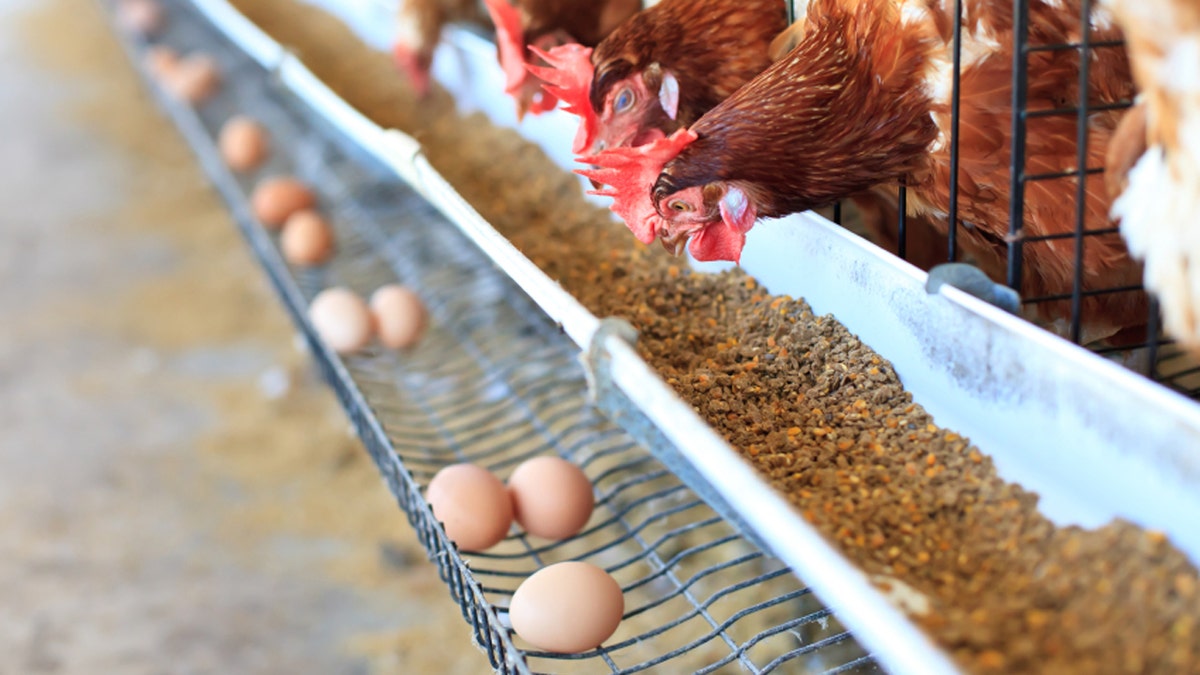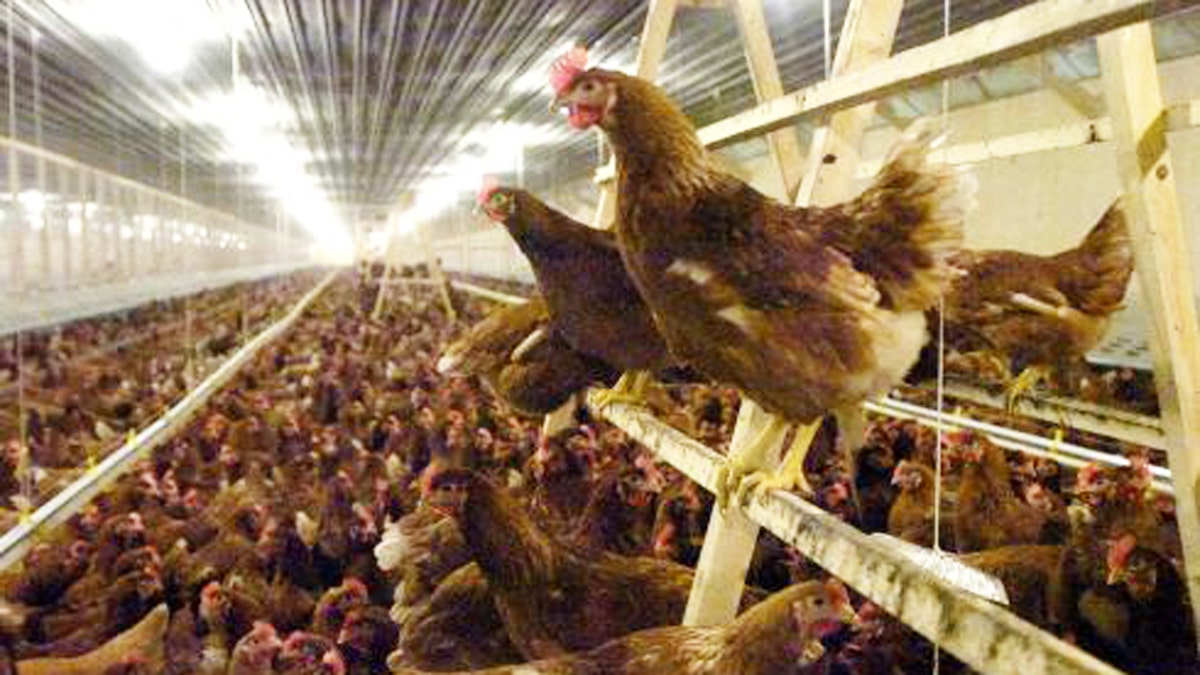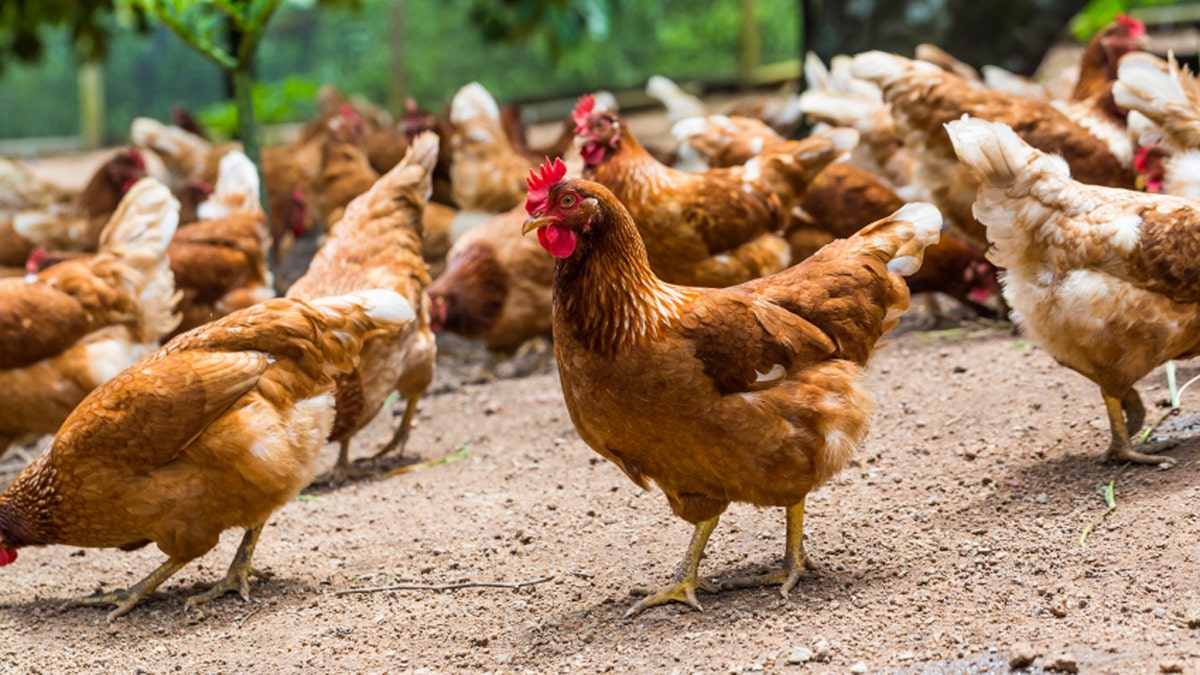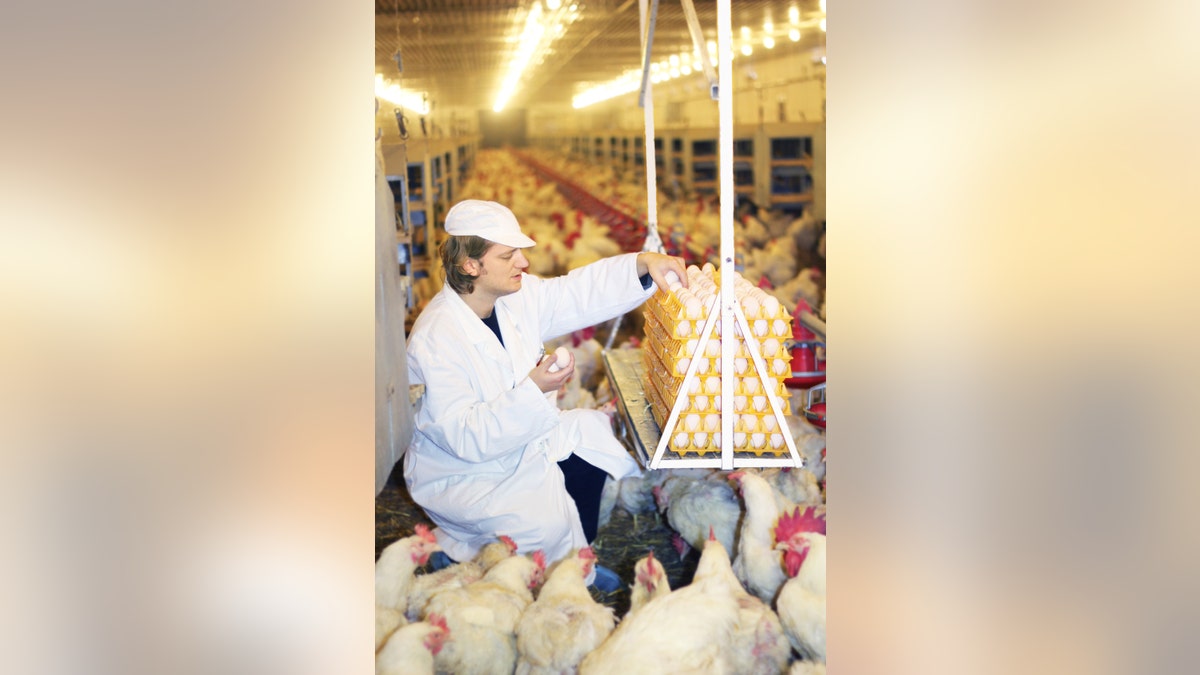Deciding what you want to have for breakfast, lunch, and dinner may already be a decision in and of itself, but what about when you have to decide between organic, non-GMO, natural, and other labels?
Typically, we reach for the cheapest option and hope for the best, but when it comes to animal products, such as meat, dairy, and eggs, it may be important to know what you are purchasing.
Eggs, for example, are a great source of protein, vitamins, minerals, and carotenoids, with only 75 calories per serving.
However, the nutrition facts could change based on where your eggs came from. We spoke with Handsome Brook Farm CEO, Betsy Babcock, about the differences between certain types of eggs and what you should reach for next time you’re at the grocery store.
“Understanding where your eggs come from, and how they are produced, is important not only from the perspective of quality and nutrition, but equally so on an ethical and community levels,” Babcock said. “In this day and age there are a variety of agricultural methods in raising hens, some of which are not the least bit humane in terms of animal welfare. It is important for consumers to be knowledgeable of the differences among these various methods in order to make more informed purchase decisions.”
To help you navigate your way through the egg section of the grocery store, we decoded the different egg labels and listed reasons for why you should care about where your eggs come from.
1. Caged eggs.

(iStock)
According to the Handsome Brook Farm, caged eggs come from chickens that are kept indoors in confined cages (less than one square foot per hen) in warehouse chicken barns. The chickens do not have the ability to move around and their diet consists of feed only.
2. Cage-free or free-roaming eggs.

(AP)
Cage-free or free roaming chickens still live in cramped conditions, with limited ability to move around and no access to the outdoors. The diet also consists of feed only.
3. Organic or free-range eggs.

(iStock)
Organic or free-range chickens are kept indoors but some organic farmers follow the standards of requiring outdoor access to a grassy are or concrete pad. Organic hens are fed mostly stored organic feed, but do not receive much nutritional value from outdoor food.
4. Pasture-raised eggs.

A group of pasture raised chickens on a farm in Illinois (iStock)
Handsome Brook Farm follows the standards of pasture-raised chickens, which spend a large portion of their days outdoors or in the pasture. The indoor nesting offers about two square feet per hen. The chickens are able to exhibit normal chicken behavior such as dust bathing, free movement, and foraging for grass and bugs. Their diet consists of grass, seeds, insects, and supplemental feed.
5. Learn about animal welfare.

(iStock)
It surprises most people to learn that laying hens, even traditional organic or free-range hens, never spend any time outdoors,” said Betsy Babcock, CEO of Handsome Brook Farm. “Rather, their entire lives are spent in cramped warehouse conditions living in between one and one and a half square feet of indoor space their entire lives. No room to roam, perch, dust bathe, or forage — essential behaviors for chickens.
"Access to outdoors, if provided at all, is minimal, not designed to promote the hens actually going outdoors. Birds are stressed, kept in the dark a good bit of the time to calm them in their close quarters, and severely beak trimmed to keep them from pecking each other.”
Learn more about different types of eggs, egg nutrition and how animals are raised.
More from The Daily Meal
The Secret to Eating Like a Nutritionist
25 Ways to Improve Your Health with Food
Foods and Pharmaceuticals That Don’t Mix
